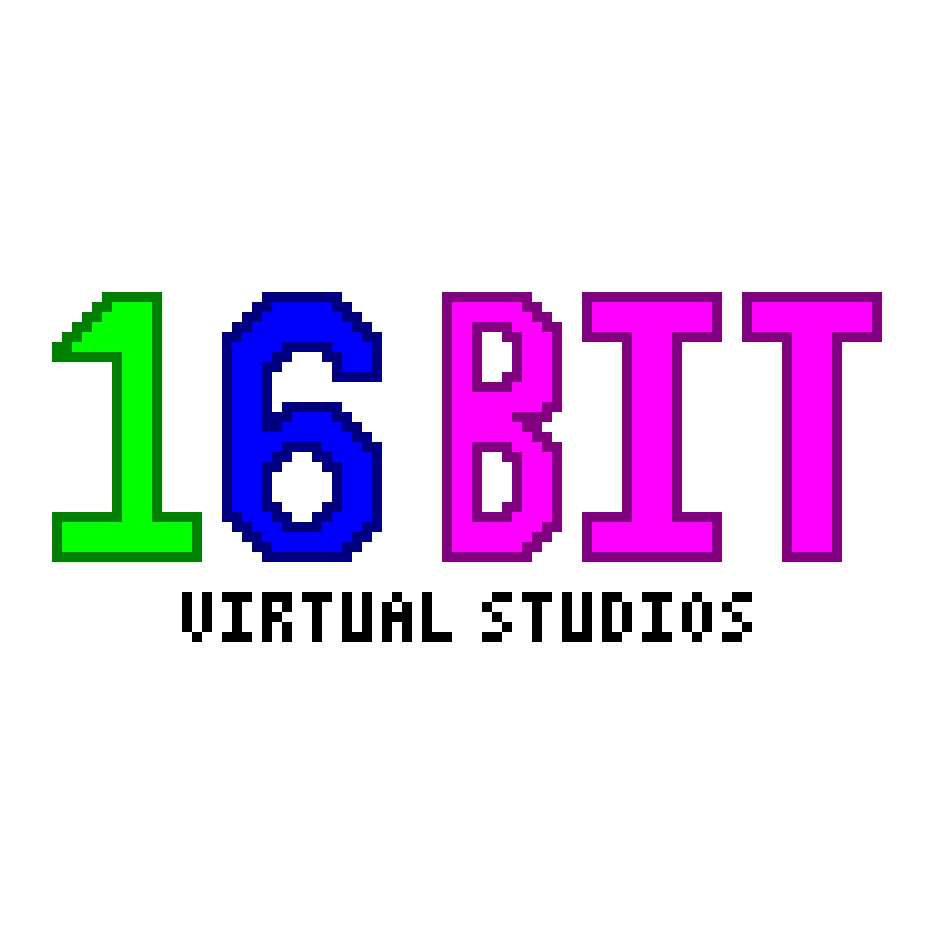

Pretty stable from my testing, outside of a few crashes when I was asking too much of it.
That said Inkscape/gimp/kirta are good alternatives if you are in the market.
I run 16 Bit Virtual Studios. You can find more reviews from me on YouTube youtube.com/@16bitvirtual or other social media @16bitvirtual, and we sell our 3D Printed stuff on 16bitstore.com


Pretty stable from my testing, outside of a few crashes when I was asking too much of it.
That said Inkscape/gimp/kirta are good alternatives if you are in the market.


While it’s a pain to setup, Affinity does work in Bottles and a specific build of Wine. Not easy to do, but it’s possible.


Only if you live in the US or UK. Lol I didn’t realize Amazon’s international kneecapping of their products moved to include hardware along with software.
For context if you are Canadian you don’t get access to overdrive or audiobooks on Kindle. Fun fact this also includes their fire tablets.
Because printing in Linux both works and is supported and not supported and hope that there are drivers and they work.
For example, I have a brother printer and in both arch and Ubuntu/mint the printer worked out of the box. But I was missing features like double sided printing. So I had to download drivers for it.
In arch the drivers were on the AUR, so I was printing is seconds.
In Ubuntu/mint they weren’t in my package manager, so I had to go to brother’s website and hope they had drivers. Brother did and while it took a bit it did work too. No worse than windows.


Can’t remember any more, either it was installed along side another package, or it was installed because of intel openCL support. Either way it’s been over a year since my last Manjaro install borked, and I’ve been running (and upgraded) Linux Mint.


For me it was installing apps from the AUR, like Intel Compute. Had dependency issues and errors every time other packages updated and when I tried to fix it, other modules would uninstall, and break my DE, or put my machine in an unrecoverable state.
It’s not as bad as that time my btfs file system broke randomly in Fedora, since I was able to recover my data. But it always felt like an endless battle with the distro to keep it going. Which is why I moved to mint.
I know it was a Manjaro issue since when I attempted to move to EndevorOS the issues were gone… though I dont like it as a distro (I.e. why isn’t a package manager gui installed by default)


Manjaro, its a clean and simple way to install Arch with lots of good GUI for all the tasks a user needs to do on their system… Then it crash and bricked the install… 3 times.
Anyways I’m on Mint now.


Depends on usage. If I have 2 hands available Firefox, u lock Origin is a must on a modern web. But if I need one hand free for… let’s say holding an umbrella, then cromite, based on the chrome fork based off of bromite. As much as I don’t like chrome, on Android it’s the only browser that has gestures, which makes one handed usage perfect. Cromite, just has adblockers built int and lacks many of the tracking stuff too.
Depends on the distro.
I found Linux Mint good enough for 99% of things, and most problems can be solved without a terminal.
Problem is you’d still need to know enough about Linux (just like with windows) to troubleshoot. For example, the files app was causing an error when plugging in drives, I need to figure out that the files app wasn’t call files, but nemo, it’s config lived in a hidden folder called .config in my home folder, and in .config I could delete my configuration to fix my issue.
In my view Linux is about Windows XP or 7 in terms of usability, a bit of a learning curve, but one worth learning.
A few modern improvements which makes using Linux easier.
Use Flatpaks where possible, it’s platform agnostic and usually supported by the actual devs.
AppImages (think portable exe for windows), are another option, but to “install” them you’d need an app called Gear Lever.
Check with an apps developer before installing, flatpaks can be packaged by anyone, and they might loose support (steam for example is installable via Deb not flatpak).
Here’s the guide I used: https://www.standingpad.org/posts/2024/06/affinity-on-linux/
The only thing I did differently was I used this yaml to make the container: https://gist.github.com/gnat/8b69cf49b68e2349afe5e8cb5af49bf8
There’s a bit of tinkering afterwards, but it runs.